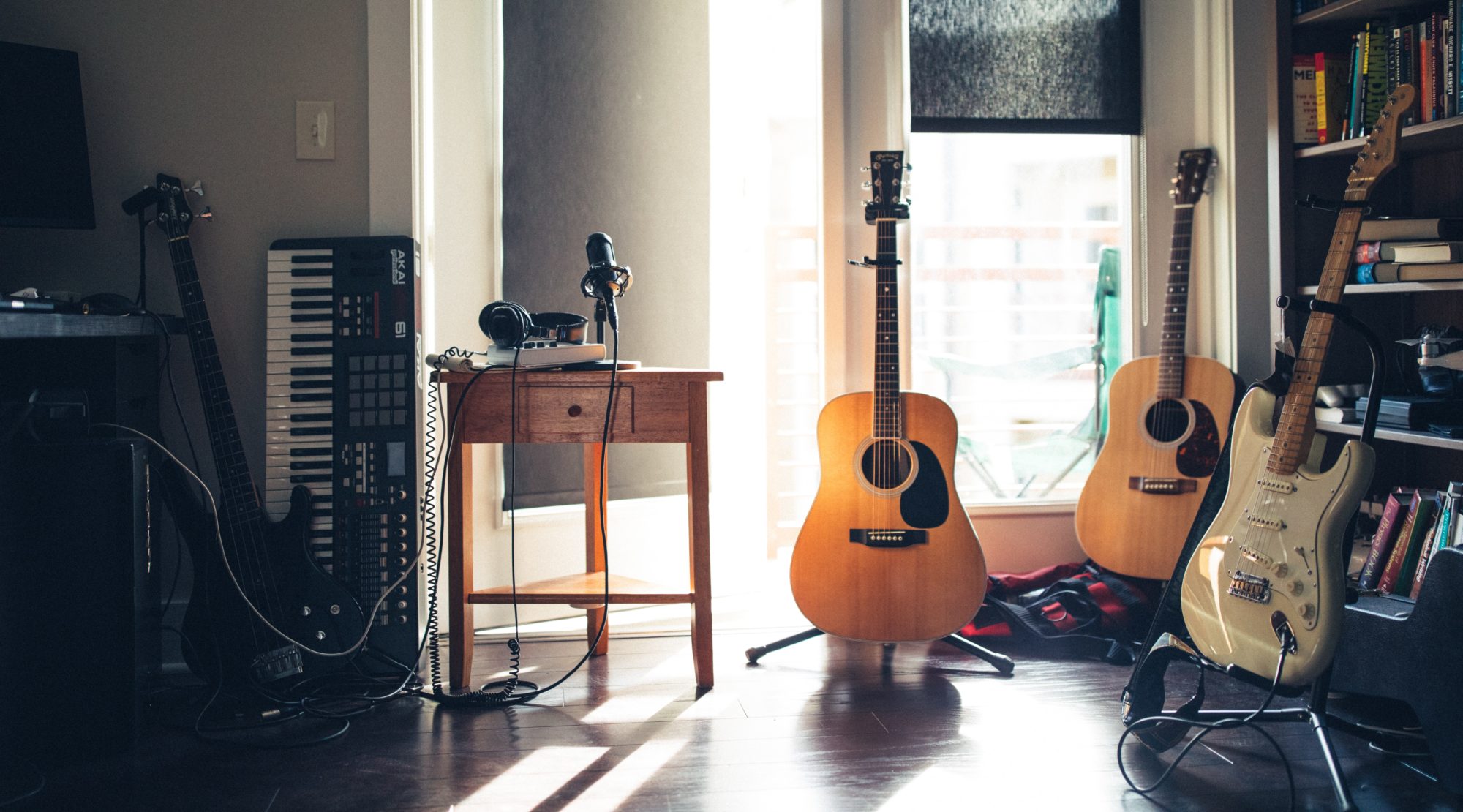The Two Notes Torpedo CAB M is a little computer in a pedal. The whole point of it is that you don’t need to mic up an actual guitar cabinet to get a great guitar tone. Instead, it uses impulse responses to emulate what a cab & mic does to the signal from your amp.
I recently bought one to add to my home studio setup. I’m going to be using it to help me record electric guitar. I spent an evening after work getting it setup and dialled in, and then returned to it the following day for several hours.
How did it go?
NB: I’ve updated this article with some corrections. You’ll find the corrections in [square brackets].
Continue reading “First Impressions: Two Notes Torpedo CAB M”